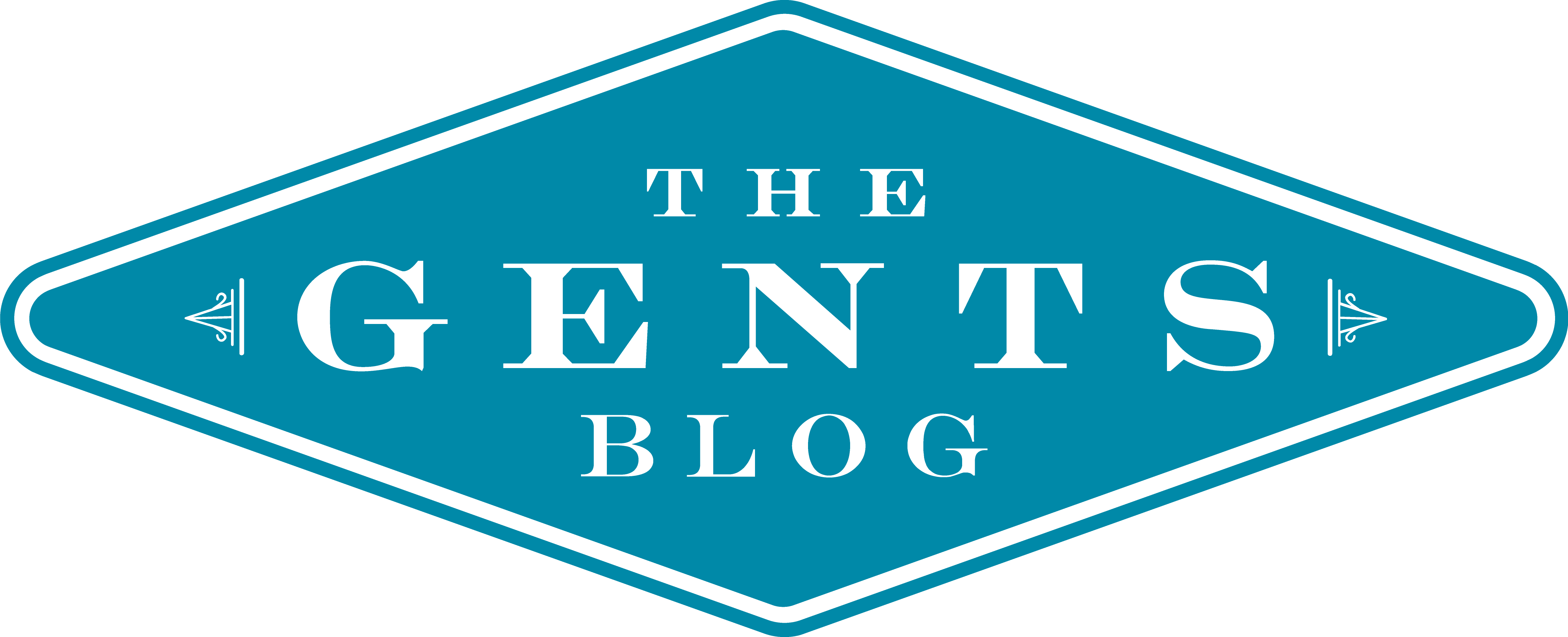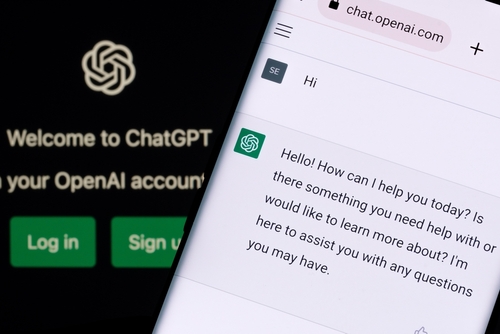Late last year a company called OpenAI released the newest version of a software it had been working on for years and people were captivated by it. Some were worried, others didn’t care. But ChatGPT was only the latest version of a phenomenon we have seen developing for years: machines are continuing to take over.
Customer Service Bots
If you think about it, the automated answering services our credit card companies, and other service providers have been putting us through for years are versions of bots. You give responses, they then route you to the appropriate answers. Chatbots have become more prevalent these days, as people would rather not wait on the phone for answers when they can simply open a chat window to try to resolve something.
Outside of the most challenging interactions, these bots alleviate a lot of workload from their human counterparts. They can confirm (or sometimes even change) flight information and tell you what your most recent card charges were. They’ve been programmed by hundreds, if not thousands, of customer interactions and frequently asked questions and they often can be helpful.
Why is ChatGPT Different?
If you think of these customer service bots as basic, only free to move within certain parameters before handing you off to a human, ChatGPT is trying to do everything without reference to a human. And the humans have been pretty creative with trying to get it to do things:
- A request to explain quantum theory to a child “Snoop Dogg Style.”
- A query to describe how to remove a peanut butter sandwich from a VCR, but in the style of the King James Bible.
In a more serious vein, someone gave the questions for the exam to be an AWS Certified Cloud Practitioner, and ChatGPT scored 800/1000. A passing score is 720!
What’s the Point?
Firstly, it’s fun to play with new technology. If you push it far enough in any direction, it will reveal its political and intellectual underpinnings to you. This reminds us that AI is ultimately still powered by “NI” (natural intelligence), at least for the moment. Skynet comes later.
Secondly, there are definitely business applications on the horizon. The reason OpenAI wanted the public to play with an expensive piece of software was to help shape their technology. Enterprising users will find ways to use the technology to augment their existing business(es) or start new ones.
Finally, technology like this, with all the legitimate questions that will (and should) be raised about it, gives us the opportunity to think more expansively about what is possible when we try to push boundaries. And getting out of your comfort zone, as societies and individuals, is always a good thing.



